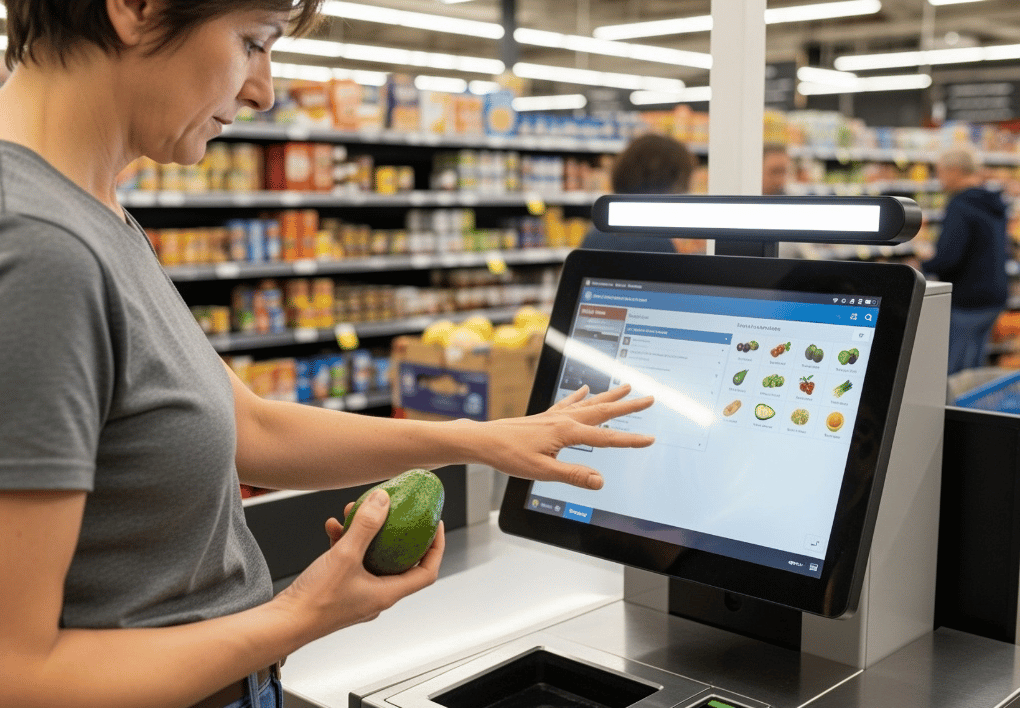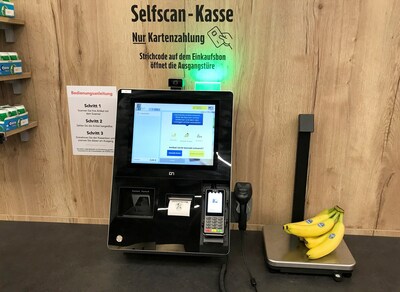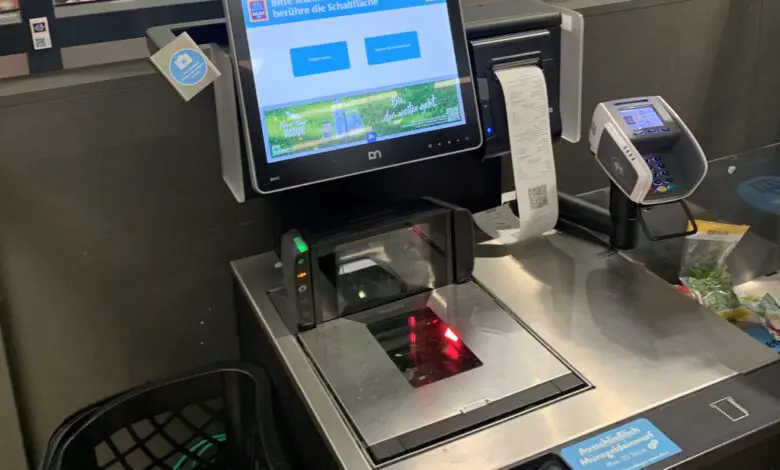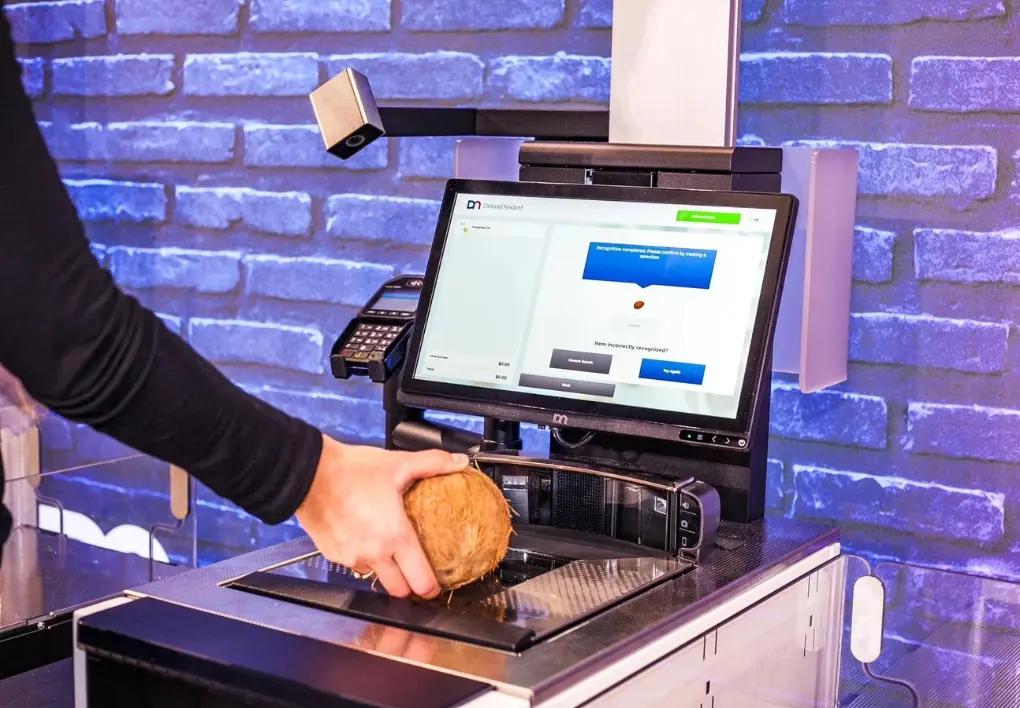Solving self-checkout problems: Vision AI tackles the fresh produce pain point
18th July 2025

Buying fresh produce shouldn’t be the hardest part of grocery shopping
For many shoppers, one of the most common self-checkout problems is identifying and buying fresh produce. This is often where friction creeps into their journey: scrolling through endless menus, second-guessing product types, or calling over staff for help. It’s little wonder three in ten shoppers avoid self-checkout entirely when they have fresh produce in their basket.
Retailers are paying attention, not just because of shopper frustration, but because of the hidden cost it places on store operations. Every mistaken selection or staff intervention adds up, increasing queue times, pulling employees away from other tasks and adding to losses.
Importantly, retailers are now tackling these inefficiencies with technology. EDEKA Beckesepp, for example, have equipped self-checkouts with AI-powered produce recognition software. Their newly opened store in Waltershofen uses Vision AI to instantly identify unpackaged fruits and vegetables — no barcode, no search menu, just a smooth, intuitive experience for shoppers.
It’s a simple change with a big impact. But it also exposes a bigger truth: while fresh produce may be high-margin, it enables operational blind spots that eat into efficiency and revenue.
Prefer listening over reading? Here’s a droidcast version of this post.
The self-checkout problem fresh produce creates for grocery retailers
Fresh produce is a high-margin category in grocery retail, however it comes with hidden operational costs. Unlike items such as tins that have barcodes on their labels, loose fruit, vegetables, bakery items, deli goods and other refillable goods, require manual identification by shoppers, often across systems which currently don’t communicate with each other.
In-aisle weigh scales, self-checkouts and assisted checkouts typically operate independently, creating blind spots in the process. These fragmented systems make it harder to track what was selected, weighed or scanned. Errors range from innocent mistakes – such as selecting Gala instead of Fuji apples, to intentional misuse, like printing a barcode for carrots and using it on a packet of steak. Whether intentional or accidental, the result is the same: loss of revenue, and inaccurate inventory.
System inconsistency also increases the workload for store teams. Attendants must assist shoppers struggling with produce lookup menus, a major source of self-checkout friction and one of the most impactful self-checkout problems, and monitor for misuse across self-checkout areas all while keeping queues moving.
For example, Incisiv studied the workflow of transactions at one major European grocery retailer, and discovered that one in five transactions experiences a delay of 30 seconds or more, with loose produce often contributing up to 30% of the transaction time.
Vision AI checkout solutions, such as fresh produce recognition, offer a smarter approach. By recognising produce accurately and unifying touchpoints, retailers reduce self-checkout errors, simplify operations, reduce shrink, and create a smoother shopping experience.
Case study: Vision AI-powered produce recognition in action at major European retailer
When one of Europe’s largest grocery retailers tested the Vision AI produce recognition in-store, the results were clear and compelling, for shoppers, staff and the retailer’s bottom line.
Shoppers using the vision AI powered system spent significantly less time selecting fresh produce. The technology auto-identifies produce items, whether loose or in bags, counts them and presents them to the shopper for final confirmation, dramatically improving the time it takes to add produce items to the receipt. In fact, fresh produce selection time was over 50% faster using Vision AI vs. manual selection.
The stats become even more interesting when considering items that shoppers typically find hard to find. Following analysis of how shoppers interact with the self-checkouts for fresh produce, it was established that the hardest to find item in the manual lookup menu took ~20 seconds for a shopper to locate.
For store teams, the benefits of the fresh produce non-barcoded item recognition solution were equally impressive, as store employees saw a 50% reduction in the number of interventions related to fresh produce, and the time spent handling the remaining interventions halved.
The scalable impact of Vision AI fresh produce recognition for retailers
These seemingly small savings add up fast. According to Incisiv, a retailer operating 2,000 stores with 800 transactions per site could reclaim 1.6 million hours annually with a 10 second improvement per transaction.
A time and motion analysis by BlueSeed, a leading retail performance improvement firm, found that selecting loose produce, whether by weight or quantity, often accounts for up to 30% of the total self-checkout transaction time. The significant time savings enabled by Vision AI produce recognition enable retailers to access some of these lost hours, whilst also connecting disparate systems and gaining a wider view of what happens across stores and estates.
The research, and the real-world results in store demonstrate that self-service offers significant operational efficiencies if retailers implement solutions that enable the technology to be more responsive. A key driver of that efficiency is regaining control over the complex setup of fresh produce. Investing in Vision AI-powered recognition for non-barcoded items unlocks time savings—not by hurrying shoppers, but by eliminating some of the delays that slow them down.
Beyond fresh produce: Smarter stores with simpler systems
Fresh produce might be one of the areas where shoppers feel friction today, but it doesn’t have to be tomorrow. With Vision AI, retailers are proving that complex, manual processes can be streamlined in ways that benefit both shoppers and staff. And as the same technology expands to other areas of the store, from bakery goods and refill stations to deli counters and beyond, the result is a smarter, more connected shopping experience.
Vision AI isn’t just solving produce recognition, it’s part of a suite of self-checkout solutions. It’s laying the foundation for a more responsive, efficient store, one which enhances security, visibility, and efficiency across the entire shopper journey.


